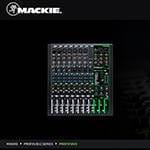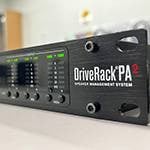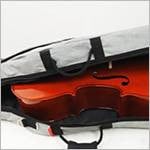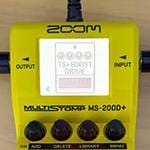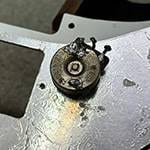As previously announced, this blog was supposed to be a special edition on vacuum tubes. However, a much more exciting topic came up, so I decided to prioritize and write about it. This content is quite rare, so I believe it will clear up long-standing questions and doubts. Let's dive in!
From guitar amps and bass amps to PA systems and home stereos, one component that remains unchanged in its operating principle despite the times is the speaker unit. Even in a world flooded with digital products, speakers remain analog (and there's a reason why they have to be).
A common phrase you hear in relation to issues with amps, stereos, and PA systems is "the speaker blew." What does this mean? It refers to the speaker unit being damaged due to excessive input or DC current causing the coil to burn out. Here is an image of a coil in that state.
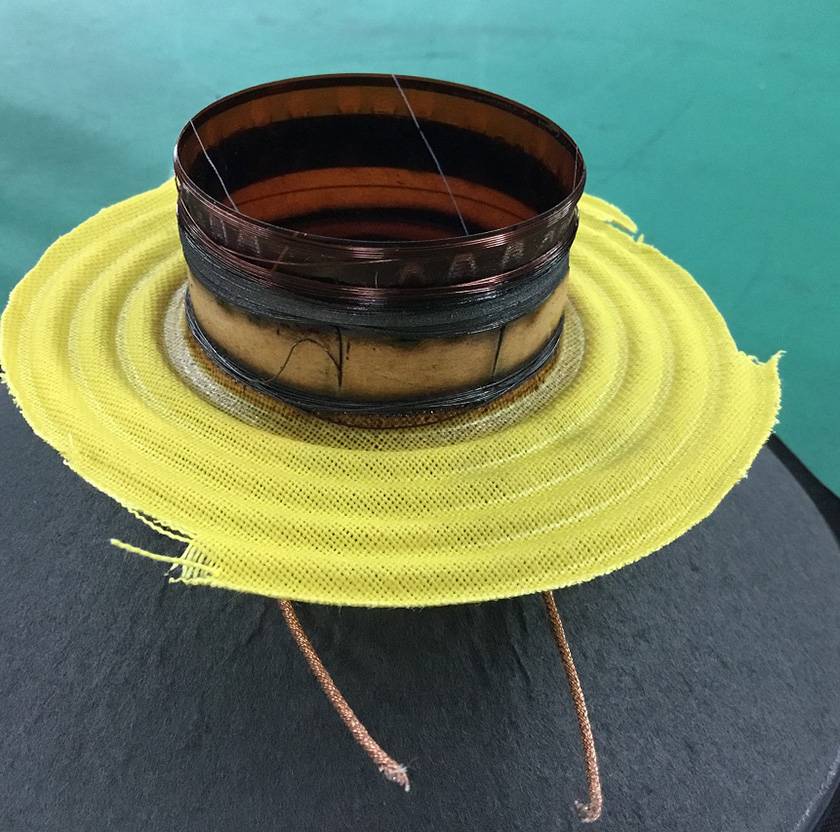
You can see that the coil is completely charred black. Moreover, the coil, which should normally be evenly wound from top to bottom, appears to have gaps in the winding in some areas. Let's zoom in on the problematic section.
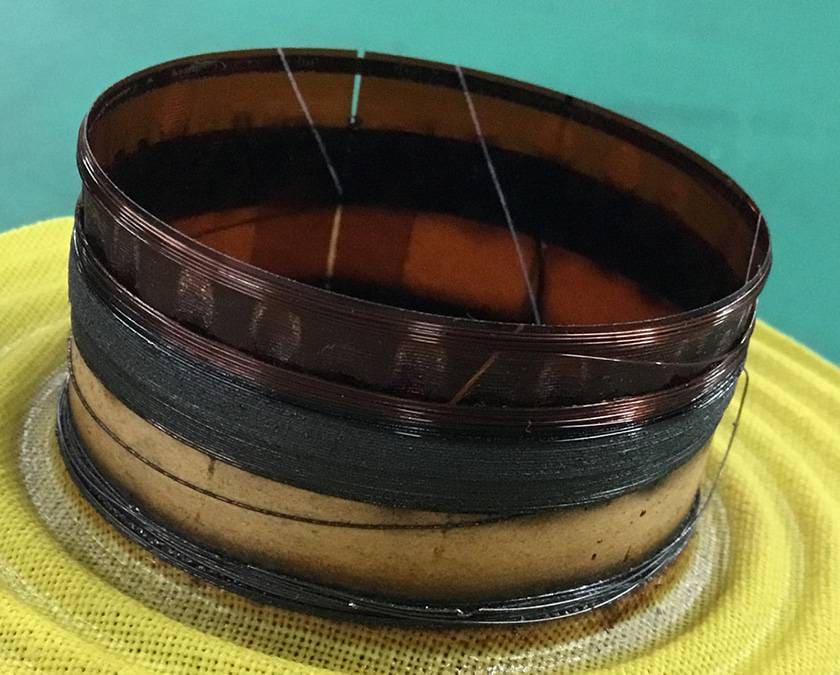
This is the damaged part of the blown speaker. The middle section is charred black, and it crumbles when touched with a finger. This part is called the voice coil, and it normally sits suspended in the gap between the magnets. When an electrical signal (alternating current) flows through the coil, it generates a magnetic force according to Fleming's left-hand rule, causing the cone to vibrate.
When a sudden large current or high voltage flows through the coil, it ends up in this tragic state. In my experience, excessive input tends to cause coil breakage or burning, while direct current voltage tends to cause deformation of the voice coil, leading to the cone paper getting stuck.
Once it reaches this state, there's no way to fix it. The quickest solution is to replace the entire speaker unit, but if the speaker is extremely expensive or rare, you might consider reconing (replacing the cone paper). However, this is an extremely difficult task, so most people would probably give up.
Here’s the most important part: in fact, speakers can fail even without sound. This often happens when a pop noise occurs when the power switch is turned on, or when a frequency beyond the speaker's output range is input. A degraded switch in a high-power amplifier can produce a pop noise that outputs a wide range of frequencies at once, causing the speaker cone to move significantly back and forth. This often blows the woofer.
The phenomenon of a speaker failing due to frequencies beyond its output range occurs when sounds that do not match the speaker's playback range are input. Even if the coil is commanded to move, the cone either doesn't move or moves excessively. If the cone doesn't move in response to the input signal, that energy gets converted into something else (the law of conservation of energy). When this energy turns into heat, the first part to suffer damage is the voice coil, as shown in the image.
... The content is gradually becoming cumbersome, so let's end here for now. Guitar amps, bass amps, and audio equipment aren't cheap, so be careful with unnecessary noise and accidental high volumes.
Until next time.







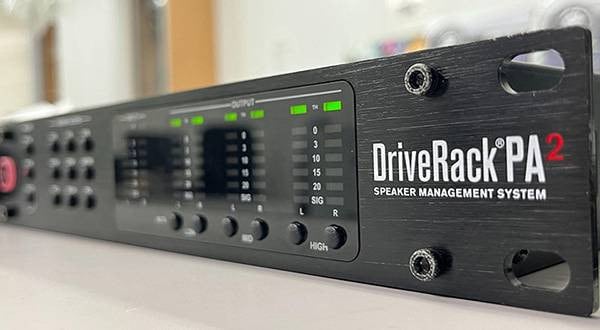



![[New Product] Classic Pro 4-Channel Power Amplifier CPL4050](/contents/uploads/thumbs/2/2024/3/20240314_2_26135_1.jpg)


![[PA Guide for Beginners] Let’s Put Together A PA System for Your Live Show!](/contents/uploads/thumbs/2/2023/1/20230131_2_20980_1.jpg)


 ポータブルPAシステム特集
ポータブルPAシステム特集
 CLASSIC PRO 簡易PAシステム特集
CLASSIC PRO 簡易PAシステム特集
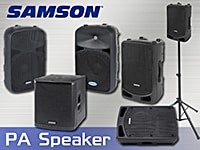 SAMSON PAスピーカー特集
SAMSON PAスピーカー特集
 簡易PAシステム タイプ別おすすめランキング
簡易PAシステム タイプ別おすすめランキング
 簡易PAセットとは
簡易PAセットとは
 PAシステム講座
PAシステム講座
